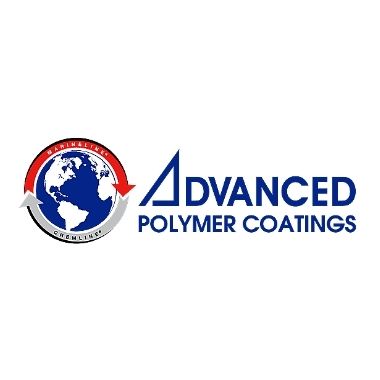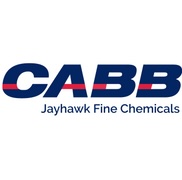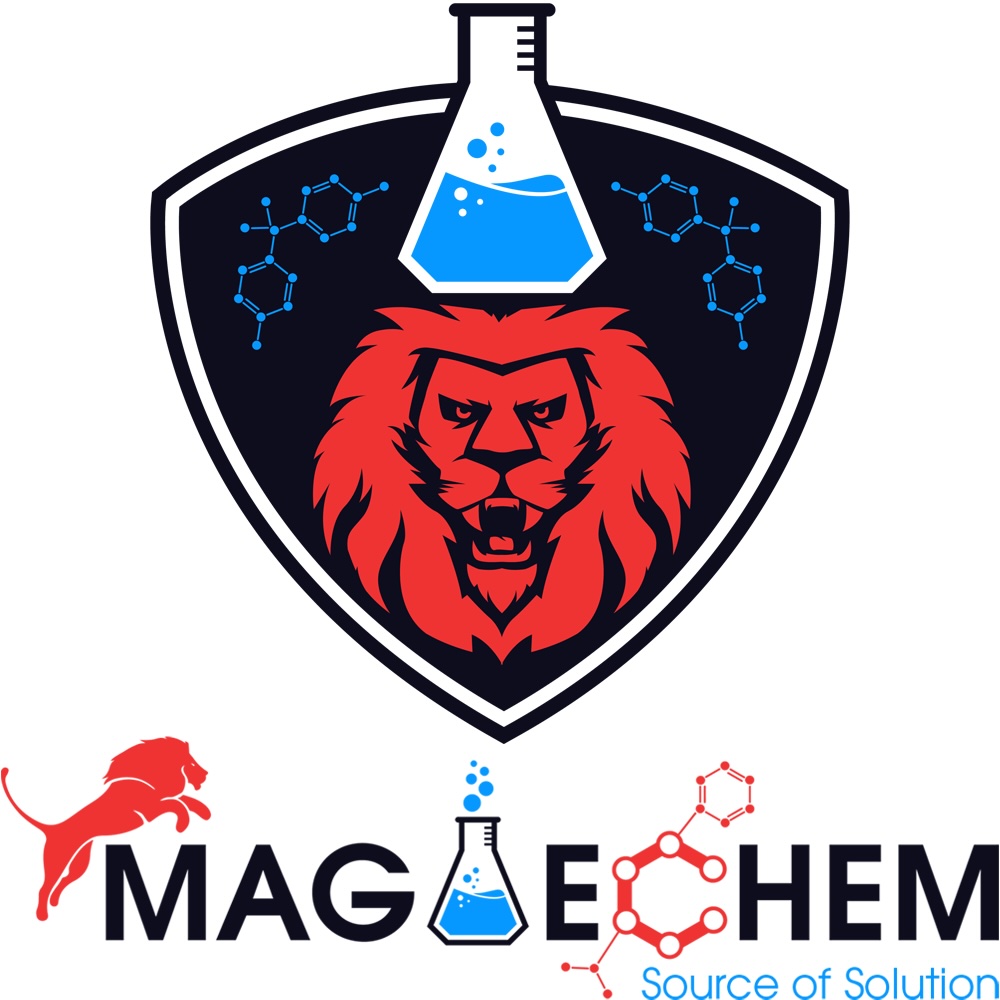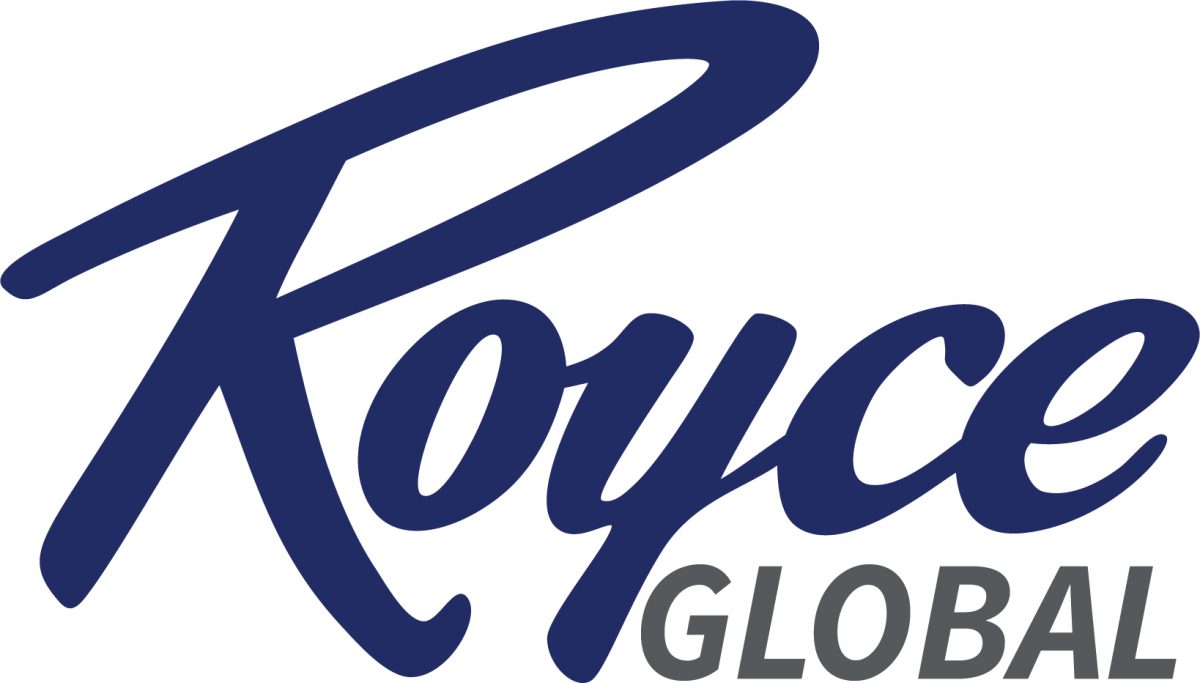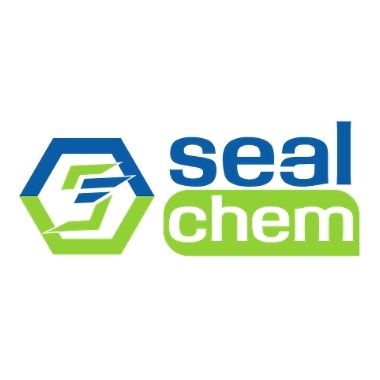Non-isocyanate Polyurethane Produced from Biobased Lipids and AminesPresenter: Tao Dong, National Renewable Energy LaboratoryAbstractAbstract Authors: The global polyurethane market is rapidly growing with an exception to reach 24 million tons by 2022. Traditional polyurethanes have been produced through polyaddition of polyols with isocyanates, which are directly produced from the corresponding amines and highly toxic phosgene. Therefore, alternative pathways for non-isocyanate polyurethane (NIPU) production have garnered increasing interests. One of the most promising NIPU pathways is the reaction between five-membered cyclic carbonate group with amine to produce urethane linkage. Starting from unsaturated fatty acids, the double bonds can be sequentially converted into epoxy and cyclic carbonate for NIPU production. The carbonation process can sequestrate significant amount of CO2 into the carbonated fatty acids (e.g. 100g of docosahexaenoic acid can sequestrate up to 80 g of CO2), providing a practical route to utilize waste CO2. In this study we will demonstrate the NIPU materials produced from various feedstocks, including algal oil with high polyunsaturated fatty acid (PUFA) content. The synthesis processes and the performance of the produced NIPUs will be compared and discussed, with an aim to provide more insights to facilitate the commercialization of NIPUs. About Tao Dong
|




